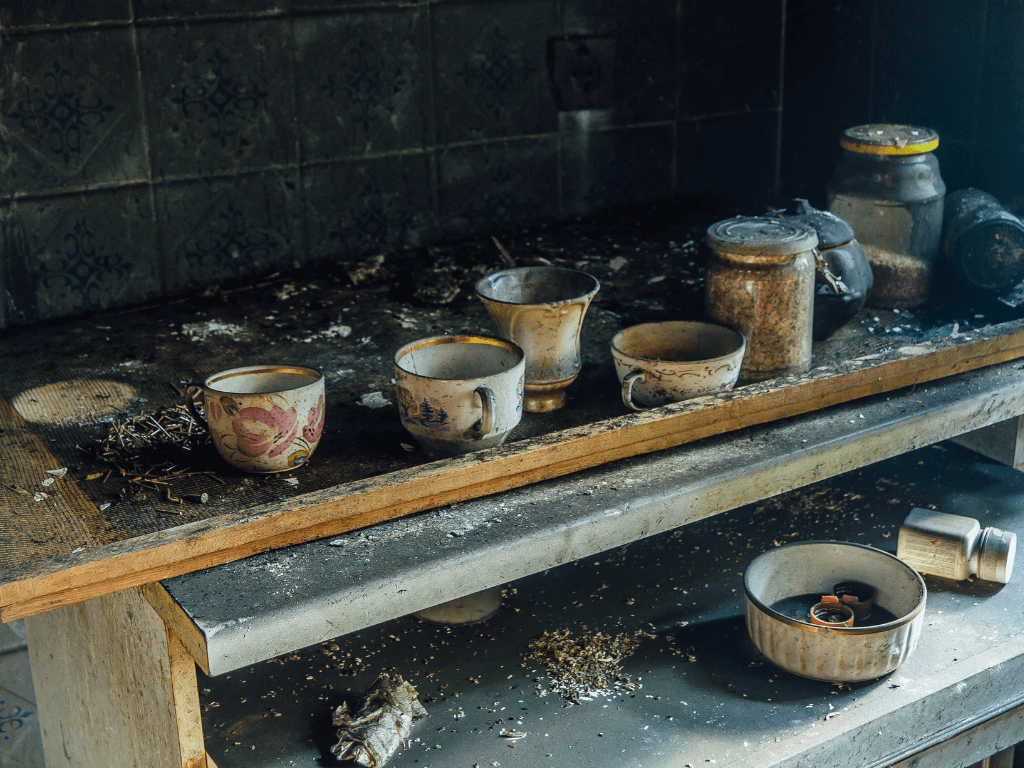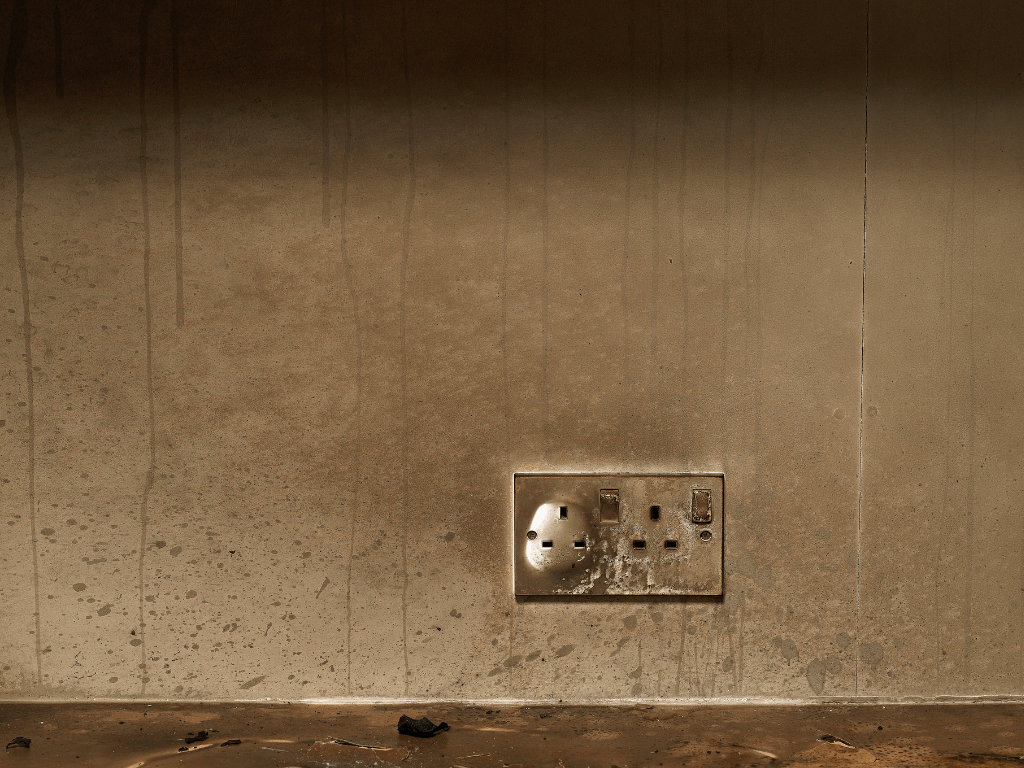Soot Cleaning Guide for Businesses
Soot Cleaning Guide for Businesses
Soot cleaning is a crucial aspect of maintaining a clean and safe environment for your business. Whether you run a restaurant, industrial facility, or any other type of business, dealing with soot can be challenging. In this comprehensive guide, we will walk you through the ins and outs of soot cleaning, offering practical solutions and expert insights to keep your business in top shape.
Understanding Soot: What is it and Why Does it Matter?
Soot, often referred to as black carbon, is a fine, powdery substance that results from incomplete combustion of carbon-containing fuels. It’s a common byproduct of various industrial processes, heating systems, and wildfires. Soot particles can be hazardous to both health and the environment, making their proper removal a top priority for businesses.
The Consequences of Ignoring Soot
Ignoring soot can have serious consequences for your business. Soot particles are small enough to be inhaled, which can lead to respiratory issues for employees and customers. Additionally, soot can stain surfaces, deteriorate air quality, and even pose fire hazards. To avoid these problems, it’s essential to implement a robust soot cleaning strategy.
Soot Cleaning in Different Business Settings
Restaurant Environments
In restaurants, soot can accumulate in kitchen exhaust systems, which can be a fire hazard. Regular cleaning and maintenance of these systems are essential for safety and compliance with fire codes.
Industrial Facilities
Industrial facilities often produce a significant amount of soot due to machinery and combustion processes. Implementing strict maintenance and cleaning schedules is crucial to avoid safety hazards and maintain a clean working environment.
Office Spaces
Even in office environments, soot can be a concern, especially if the heating and cooling systems are not properly maintained. Ensuring a clean and healthy workspace for employees should be a top priority.
Safety Precautions
Before beginning the cleaning process, it’s crucial to equip your staff with the right personal protective equipment (PPE), including N95 masks, gloves, and goggles. Ensure the area is well-ventilated to prevent inhalation of soot particles.
Step-by-Step Soot Cleaning
Step 1: Initial Assessment
- Identify the Soot Source: Pinpoint where the soot is coming from to prevent future accumulation.
- Surface Analysis: Determine the types of surfaces affected, as different materials will require different cleaning methods.
Step 2: Dry Soot Removal
- Vacuuming: Use a vacuum with a HEPA filter to remove loose soot. This prevents the particles from becoming airborne or embedding further into surfaces.
- Soot Sponges: Use a dry cleaning soot sponge to lift the soot without smearing for non-washable surfaces.
Step 3: Wet Cleaning
- Cleaning Solution: Mix a mild detergent with warm water for a gentle cleaning solution.
- Soft Washing: Use a soft cloth or sponge to clean the soot-stained areas. Avoid excessive scrubbing, which can embed soot deeper into the material.
Step 4: Deep Cleaning for Stubborn Soot
- Degreasing Agents: Apply a degreaser to tough stains, especially on non-porous surfaces, and follow the product’s instructions.
- Professional Cleaning: For extensive soot damage, especially on sensitive equipment or large areas, professional cleaning services are recommended.
Step 5: Deodorization and Air Quality Control
- Air Purifiers: Deploy air purifiers with HEPA filters to capture any remaining soot particles.
- Ozone Treatment: Consider an ozone treatment to neutralize persistent odors, which should be handled by professionals due to the potential health risks if not used correctly.
Post-Cleaning Care
- Inspection: Ensure all areas are free of soot and no residual odors remain.
- Protective Measures: Apply sealants or protective coatings where necessary to prevent future soot adherence.
Preventive Measures
- Regular Maintenance: Keep machinery and equipment well-maintained to reduce soot production.
- Quality Filtration: Invest in high-quality air filtration systems to capture airborne soot before it settles.
Conclusion
Soot cleaning is not just a matter of aesthetics; it’s about safety, health, and overall business sustainability. Understanding the risks associated with soot, the proper cleaning methods, and the benefits of professional services is crucial for any business. Take a proactive approach to soot cleaning, and your business will reap the rewards of a safer and cleaner environment, improved employee well-being, and long-term cost savings.
Incorporate these strategies into your business and you’ll find that keeping soot at bay can be a manageable task, ensuring a safer and more pleasant environment for all.
Professional Soot Cleaning Services
While the above steps can be performed in-house for minor soot issues, professional soot cleaning services are highly recommended for thorough and efficient soot removal. Professional cleaners have the expertise, equipment, and cleaning agents to handle various types of soot damage and can ensure that the cleaning process is done safely and effectively.
Why Choose AllAces?
AllAces Cleaning & Restoration has more than 35 years of industry experience handling a wide variety of soot cleaning cases with the high level of training and certification required to ensure the return of a safe and habitable space. At AllAces, we offer a 24/7 service to be able to reach our clients when they need it most.
Trust the experts and contact the team at 1800 00 10 10 today.
FAQ
What is soot, and why does it matter for businesses?
Soot, also known as black carbon, is a fine, powdery substance produced from incomplete combustion of carbon-containing fuels. It’s a common byproduct of various processes and heating systems, and it can pose health and environmental hazards, making its proper removal crucial for businesses.
What should be done after completing the soot-cleaning process?
After cleaning, perform a thorough inspection to ensure all areas are free of soot and any residual odors are eliminated. Apply sealants or protective coatings as needed to prevent future soot adherence.
What preventive measures can businesses take to reduce soot-related issues?
Businesses can implement preventive measures such as regular maintenance of equipment to reduce soot production and investing in high-quality air filtration systems to capture airborne soot before it settles.


